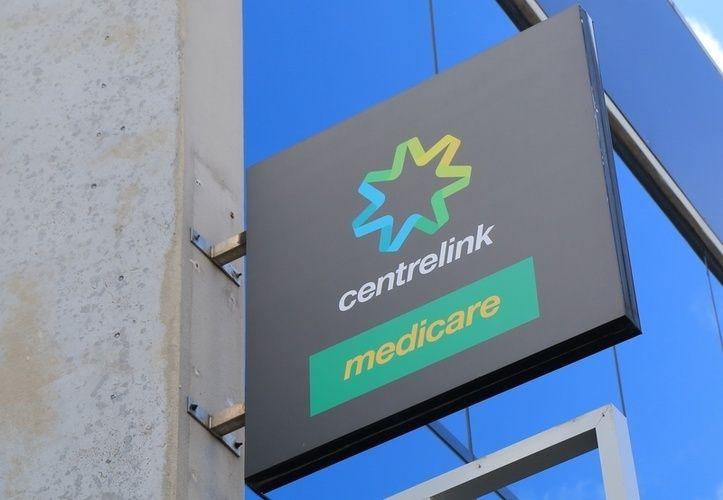
Australia’s most vulnerable people are falling through the cracks as Centrelink services become more automated, according to a new report.
Anglicare Australia on Monday released a study that found it is becoming harder for welfare recipients to talk to a human being due to computer automation being rolled out across the agency.
Three years ago, the government it was paying $1 billion to update a 30-year old Centrelink welfare payment system that delivers around $100 billion in payments to 7.2 million people each year.
The agency’s Online Compliance Intervention (OCI) program – known as ‘robo-debt’ – came under renewed scrutiny earlier this month when the Commonwealth Ombudsman agreed to open a new investigation into the initiative.
The OCI, intended to recover supposed welfare payments, has been criticised for asking hundreds of thousands of current and former welfare recipients to explain discrepancies between ATO income data and income they reported to Centrelink.
The Anglicare report claimed staff in Centrelink service centres now direct people to phones and computers rather than offering help. At the same time, people report spending hours waiting on the phone only to get cut off.
Agency data from the past year found that 33 million calls went unanswered and 55 million callers got an engaged signal. People responding the latest report said they were waiting on the phone for four hours. The average wait time for the Centrelink employment hotlines is 30 minutes.
Centrelink’s online system can also malfunction and is difficult to use, the report said.
Further, surveyed Anglicare staff estimated that in one week, they would spend $7,849 worth of time dealing with their clients’ Centrelink issues. This is an annual Anglicare subsidiary to Centrelink of at least $408,148.
“Centrelink might believe that it’s saving time and money but what it’s really doing is shifting the burden onto its clients and the services that help them,” said Anglicare Australia executive director, Kasy Chambers.
Chambers said Centrelink needed to be resourced to work with vulnerable clients.
“Everybody deserves to be treated with dignity. But people are being shuttled between different Centrelink platforms, getting different answers depending on how they speak to, and having to turn to services like Anglicare just to manage it all.
“Our report shows that these problems are only getting worse as more people are pushed onto Newstart from other payments,” Chambers said.
The Anglicare research was conducted across three jurisdictions by Anglicare Southern Queensland, Anglicare Tasmania, and Western Australia. It involved surveys and face-to-face interviews with 218 staff and a collection of customer case studies.
“Two thirds of Anglicare workers we surveyed said these Centrelink processes increased the amount of support clients needed because they were stressed and anxious. If the automation agenda is going to work, we need to stop cutting Centrelink and resource their staff to identify and support vulnerable clients.”
The report can be seen here.
Meanwhile, shadow minister for human services, Linda Burney, said today that Australians will never be confident about the accuracy of their welfare debts following reports that revealed updated figures on the government's debt recovery efforts.
Burney said the Turnbull government's first priority should be to "clean up its calculations and demonstrate the integrity of those calculations.
"We know that many people pay back Centrelink debts whether they believe they are accurate or not, because they are simply too afraid to challenge the system. People don’t trust the Turnbull Government on Centrelink debt recovery because it’s not genuinely interested in strengthening the integrity of our social safety net.
"The Turnbull Government treats Centrelink debt recovery as a budget balancing measure – a means to frighten and discourage vulnerable people from claiming income support," Minister Burney said.
Recovered debts make up less than 0.01 per cent of Centrelink payments.
Follow CIO Australia on Twitter and Like us on Facebook… Twitter: @CIO_Australia, Facebook: CIO Australia, or take part in the CIO conversation on LinkedIn: CIO Australia
Follow Byron Connolly on Twitter: @ByronConnolly
Join the CIO Australia group on LinkedIn. The group is open to CIOs, IT Directors, COOs, CTOs and senior IT managers.
